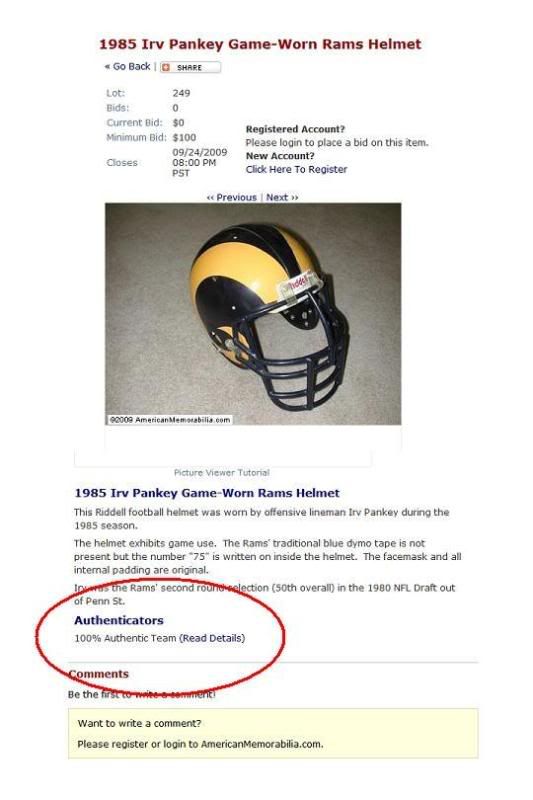All great points. As per AMI's current "auction rules", the below information is currently on their site:
- Sales Final and Inspection of Lots
Buyer acknowledges that he/she has been provided the opportunity to inspect the property before purchasing same and Buyer has/has not inspected the property at his or her sole discretion. ALL SALES ARE FINAL. Buyer is solely responsible for determining the condition of any property. For detailed Lot descriptions, please call BEFORE that auction ends. For every bidder's convenience, all Lots are exhibited in AMI's North Las Vegas, Nevada Gallery and can be shown by appointment.
Way too many flaws with this system, beginning with the consignor writing their own description, taking the photos and also providing their own LOA.
Can you imagine other aution houses such as Lelands, MASTRO or Huggins and Scott (to name a few) ever developing their business around such an inept and flawed model?
I've yet to talk to single collector who would consign or bid on anything from AMI based on their current "business model".
Howard Wolf
hblakewolf@comcast.net



Leave a comment: